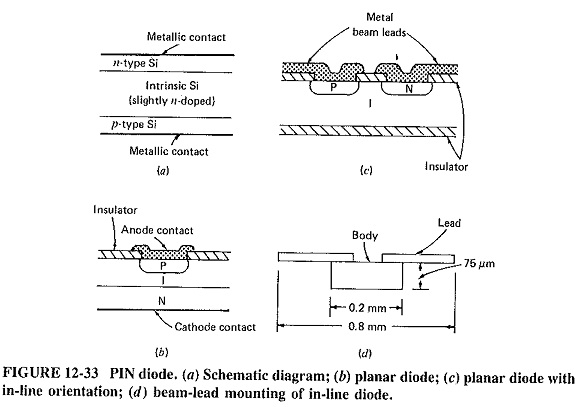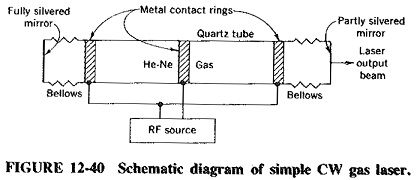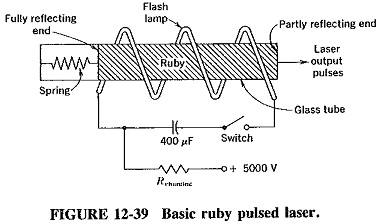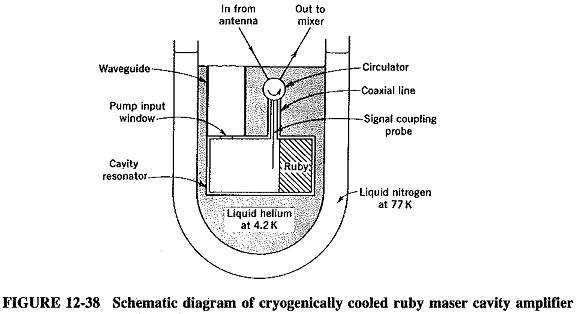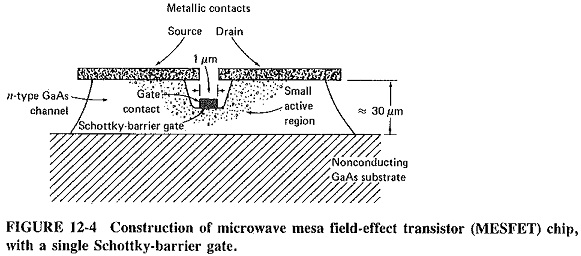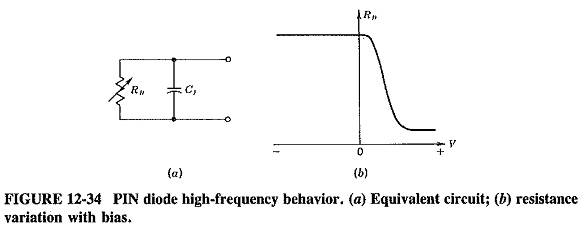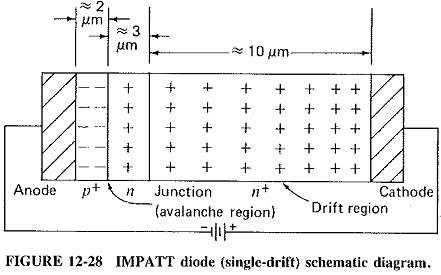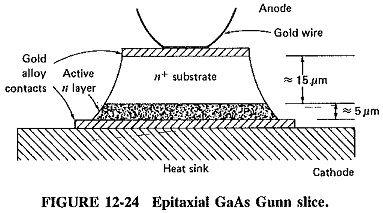Types of Optoelectronic Devices
Types of Optoelectronic Devices: Although light-emitting diodes and photodiodes are not quantum-mechanical devices in the Types of Optoelectronic Devices, they are semiconductor devices closely associated with lasers. It is most convenient to cover them here.…
